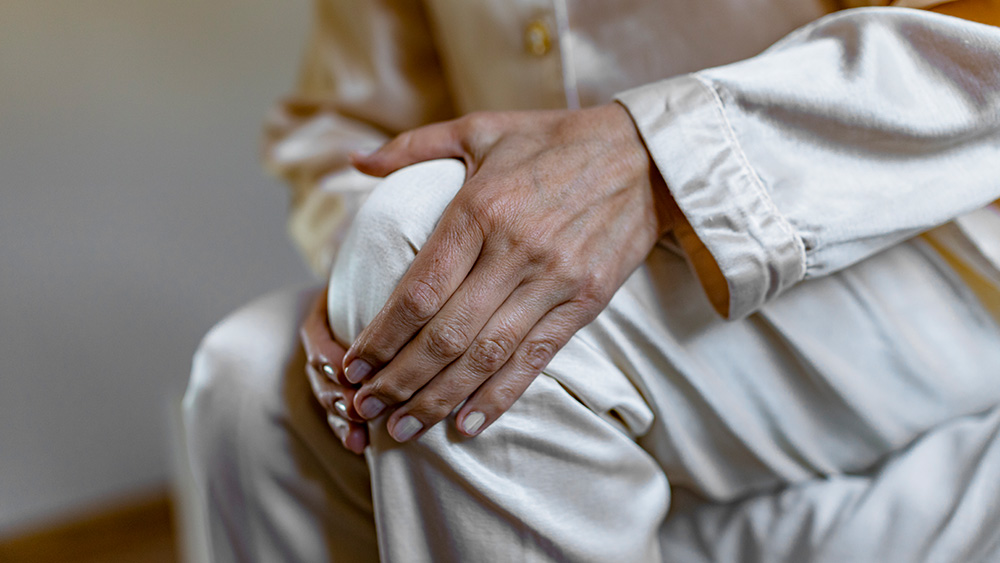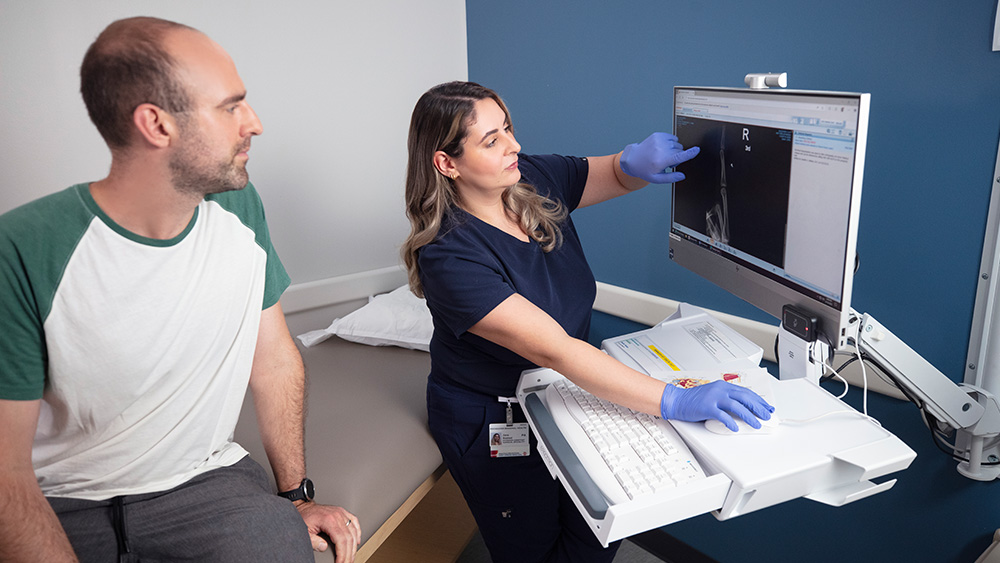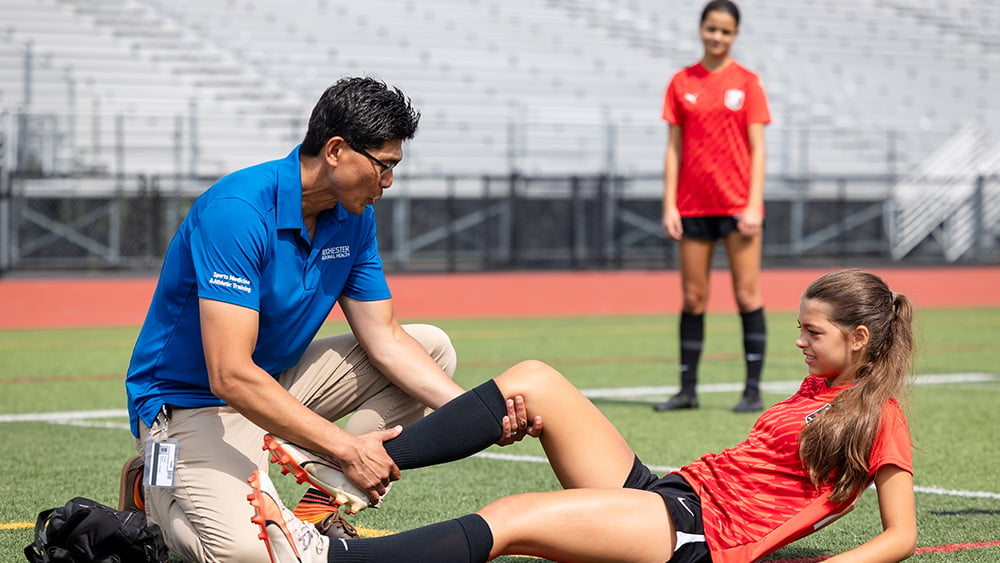Our Approach to Hand, Wrist, and Elbow Care
We focus on restoring function and mobility for our patients by prioritizing conservative, non-operative treatments and offering minimally invasive surgical procedures whenever possible. With a multidisciplinary approach, our non-operative orthopedic specialists and orthopedic surgeons work with experts in other fields to provide custom treatment plans for every patient with the goal of reducing pain and improving movement.
Conditions We Treat
- Arthritis
- Broken and fractured bones
- Carpal tunnel syndrome
- Cartilage injuries
- Cubital tunnel syndrome
- Flexor tendon repair
- Ganglion cysts
- Hand infections
- Ligament and tendon injuries
- Nerve injuries
- Sprains and strains
- Tendon repairs
- Tendonitis
- Tennis elbow/golfer’s elbow
- Trigger finger
- Tumors
- Ulnar nerve entrapment
Our Services and Treatments
Our non-operative orthopedic specialists prioritize therapies and treatments that restore function and build strength without surgery. Available options include:
- Bracing and casting
- Imaging
- Interventional orthopedics
- Lifestyle modifications
- Medication management
- Pain management
- Physical medicine & rehabilitation
- Physical therapy
Our board-certified orthopedic surgeons are well experienced with minimally invasive surgery techniques that can help correct hand, wrist, or elbow issues. This includes:
- Arthroscopy
- Bone fracture repair
- Reconstructive surgery
- Tendon or ligament repair








